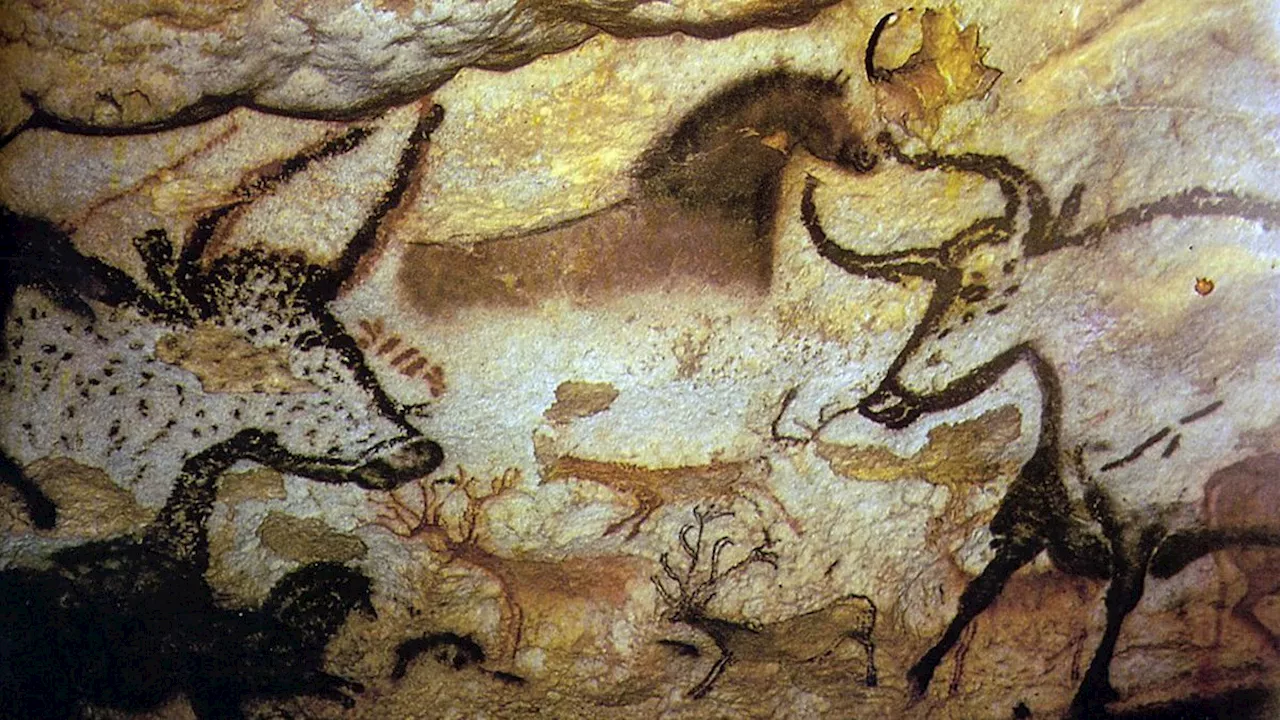Explore the fascinating history of seven incredible caves around the world, revealing the legacy of our ancestors and their use of these natural shelters for art, burial, and daily life.
Caves have served as natural shelters for humans throughout history, providing spaces for art creation, burial rituals, and even animal butchering. Live Science delves into seven remarkable caves that bear testament to the ingenuity and practices of our ancestors.
From prehistoric cave paintings in France to the enigmatic discoveries in Denisova Cave in Siberia, these archaeological treasures offer glimpses into the lives of early humans and their now-extinct relatives like Neanderthals and Denisovans.One such cave is Lascaux, located in southwestern France. This cave boasts approximately 680 painted frescoes and 1,500 engravings dating back around 21,000 years. The artwork features depictions of aurochs (an extinct species of bovine), along with geometric elements and a possible human figure with a bird-like head, suggesting ritualistic practices.Moving to Chauvet Cave in France, renowned for its remarkably preserved animal paintings, offers a glimpse into the artistic prowess of early humans. The cave's interior showcases images of horses, bears, lions, rhinoceroses, deer, panthers, bison, owls, and mammoths, created using red or black ochres. A particularly intriguing image depicts the lower half of a woman's body alongside what appears to be a bison. Meanwhile, the caves of Zhoukoudian in China, known as 'Peking Man' site, reveal evidence of hominins who inhabited the region between roughly 200,000 and 800,000 years ago. Excavations have uncovered stone tools used for scraping and softening animal hides, suggesting their use for clothing.Other captivating caves include Ain Sukhna in Egypt, adorned with rock art depicting people engaged in swimming, running, and other activities. Dating back between 6,000 and 9,000 years, the artwork reflects a time when the region was much wetter. Denisova Cave in Siberia, known after a hermit who resided there in the 1700s, yielded evidence of at least three hominin species who inhabited the site at different points in time. Stone tools, hominin bones and teeth, as well as the remains of a 13-year-old Denisovan-Neanderthal hybrid, paint a fascinating picture of human evolution in this region
Caves Archaeology Ancient Humans Neanderthals Denisovans Rock Art History
United States Latest News, United States Headlines
Similar News:You can also read news stories similar to this one that we have collected from other news sources.
 Carolina Panthers seven-round mock draft: Dan Morgan forms incredible corner duoOur second Carolina Panthers mock draft for 2025.
Carolina Panthers seven-round mock draft: Dan Morgan forms incredible corner duoOur second Carolina Panthers mock draft for 2025.
Read more »
 The Seven Ways in Which Kim Jones Transformed Dior Men in Seven YearsThese Kim Jones-isms also track the evolution of the designer from the beginning of his career to now as he departs Dior Men after seven years.
The Seven Ways in Which Kim Jones Transformed Dior Men in Seven YearsThese Kim Jones-isms also track the evolution of the designer from the beginning of his career to now as he departs Dior Men after seven years.
Read more »
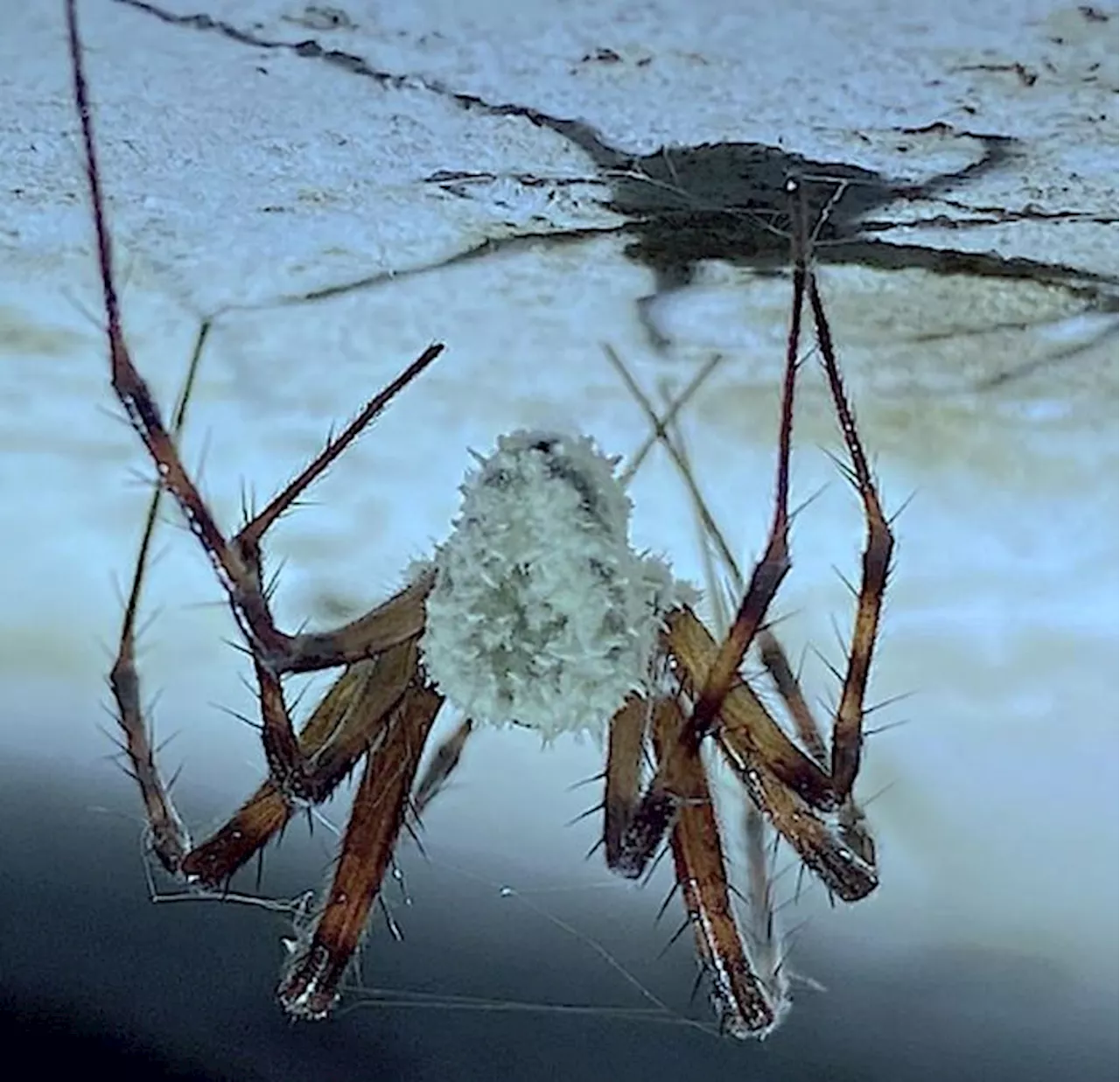 New 'Zombie Fungus' Discovered Infecting Spiders in Irish CavesResearchers have identified a new species of fungus, named after Sir David Attenborough, that infects spiders in Irish caves, controlling their movements and ultimately leading to their death. This discovery resembles the well-known Cordyceps fungus that infects ants in the Amazon rainforest, showcasing the fascinating and sometimes eerie ways fungi can manipulate their hosts.
New 'Zombie Fungus' Discovered Infecting Spiders in Irish CavesResearchers have identified a new species of fungus, named after Sir David Attenborough, that infects spiders in Irish caves, controlling their movements and ultimately leading to their death. This discovery resembles the well-known Cordyceps fungus that infects ants in the Amazon rainforest, showcasing the fascinating and sometimes eerie ways fungi can manipulate their hosts.
Read more »
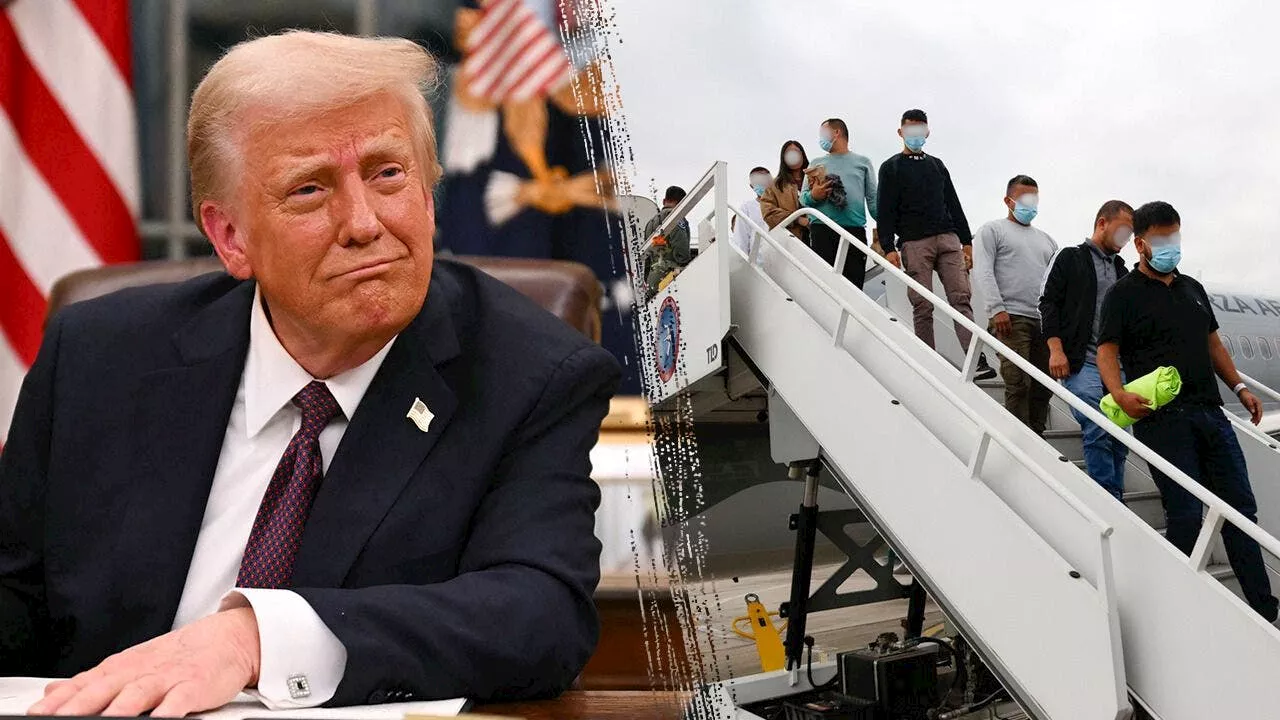 Colombia Caves to Trump's Pressure, Accepts Deportation Flights of 'Illegal Criminals'After a standoff with President Trump, Colombia agreed to accept deportation flights of Colombian nationals from the United States, ending a threat of tariffs and sanctions. President Petro initially rejected the flights, deeming them disrespectful and inhumane. However, facing intense pressure from within his government, he ultimately agreed to all of Trump's demands, including accepting deportees on military aircraft.
Colombia Caves to Trump's Pressure, Accepts Deportation Flights of 'Illegal Criminals'After a standoff with President Trump, Colombia agreed to accept deportation flights of Colombian nationals from the United States, ending a threat of tariffs and sanctions. President Petro initially rejected the flights, deeming them disrespectful and inhumane. However, facing intense pressure from within his government, he ultimately agreed to all of Trump's demands, including accepting deportees on military aircraft.
Read more »
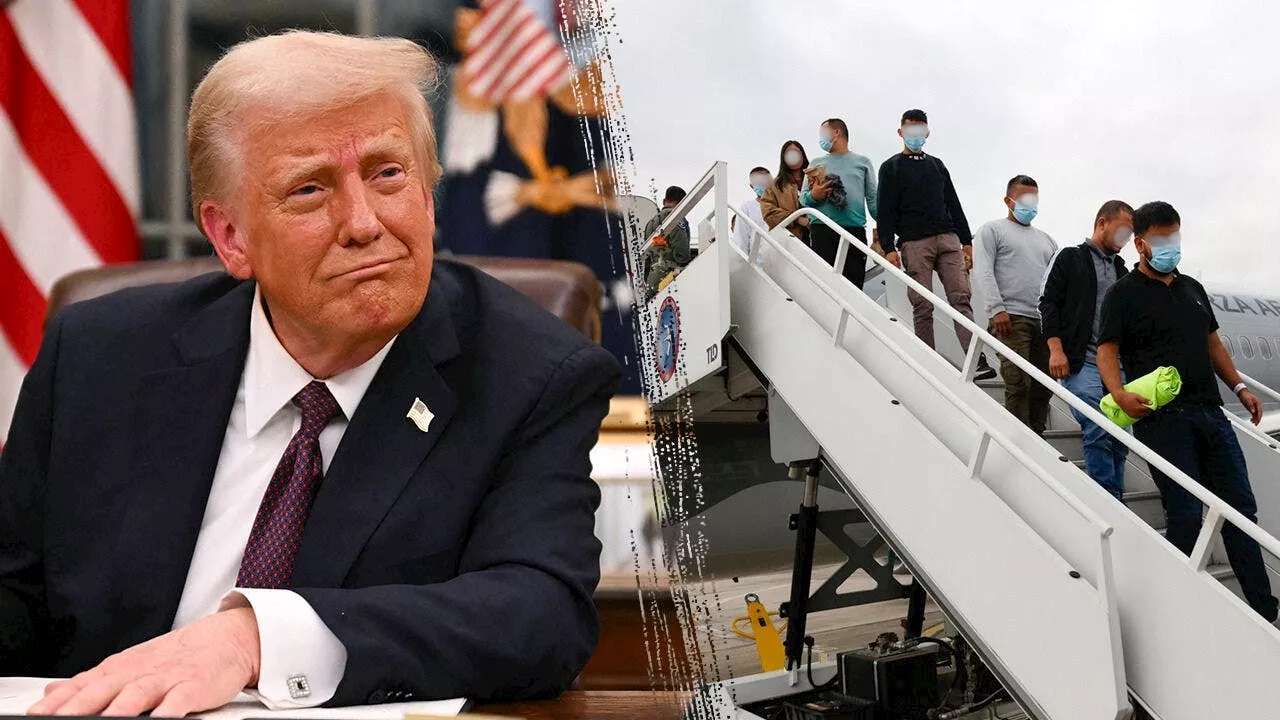 Colombia Caves to Trump's Pressure, Accepts Deported Illegal ImmigrantsAfter threatening tariffs and sanctions, President Trump secured Colombia's agreement to accept deported Colombian nationals, ending a diplomatic standoff. Colombian President Gustavo Petro, who initially resisted the return of migrants on military aircraft, ultimately yielded to US demands, citing the need for a 'structured and accessible credit plan' to support the reintegration of these individuals.
Colombia Caves to Trump's Pressure, Accepts Deported Illegal ImmigrantsAfter threatening tariffs and sanctions, President Trump secured Colombia's agreement to accept deported Colombian nationals, ending a diplomatic standoff. Colombian President Gustavo Petro, who initially resisted the return of migrants on military aircraft, ultimately yielded to US demands, citing the need for a 'structured and accessible credit plan' to support the reintegration of these individuals.
Read more »
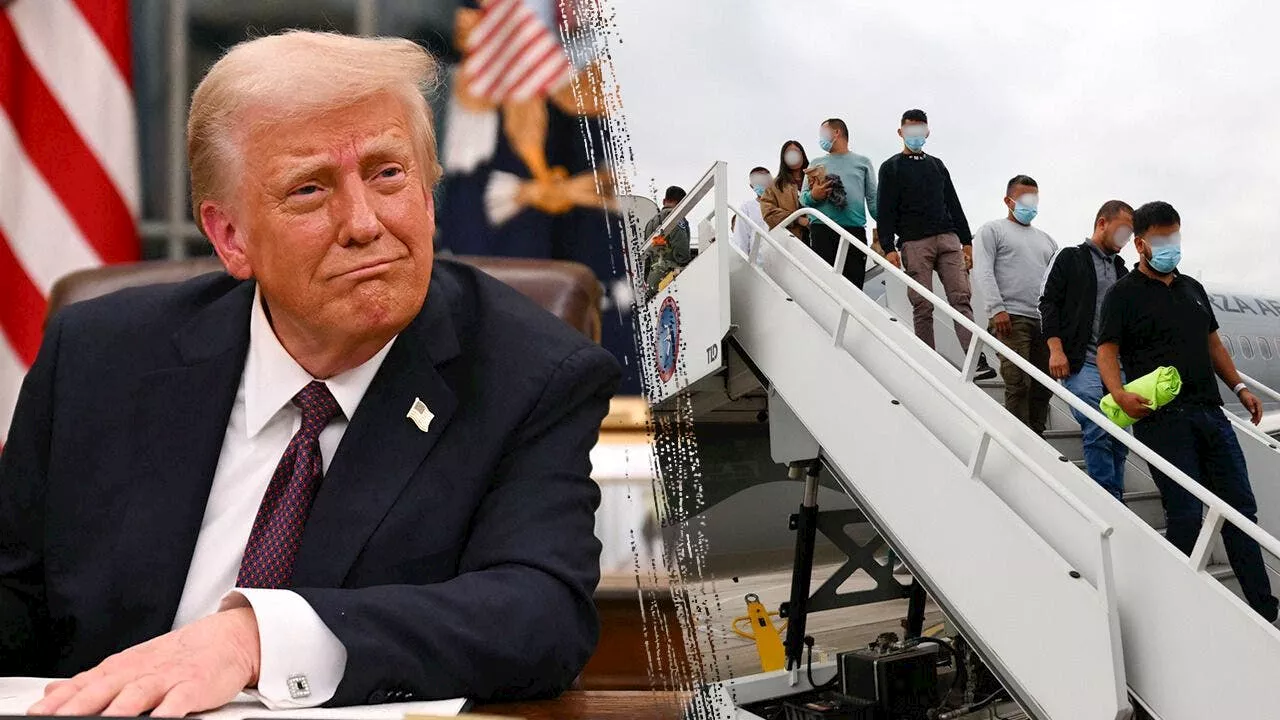 Colombia Caves to Trump's Demands, Accepts Deported Illegal ImmigrantsAfter threats of tariffs and sanctions from President Trump, Colombia has agreed to accept deported Colombian nationals. The first flights arrived on Tuesday, carrying over 200 individuals. President Petro initially resisted the U.S. demands, citing concerns over the treatment of the deportees. However, facing political pressure, he ultimately agreed to all of Trump's terms.
Colombia Caves to Trump's Demands, Accepts Deported Illegal ImmigrantsAfter threats of tariffs and sanctions from President Trump, Colombia has agreed to accept deported Colombian nationals. The first flights arrived on Tuesday, carrying over 200 individuals. President Petro initially resisted the U.S. demands, citing concerns over the treatment of the deportees. However, facing political pressure, he ultimately agreed to all of Trump's terms.
Read more »
